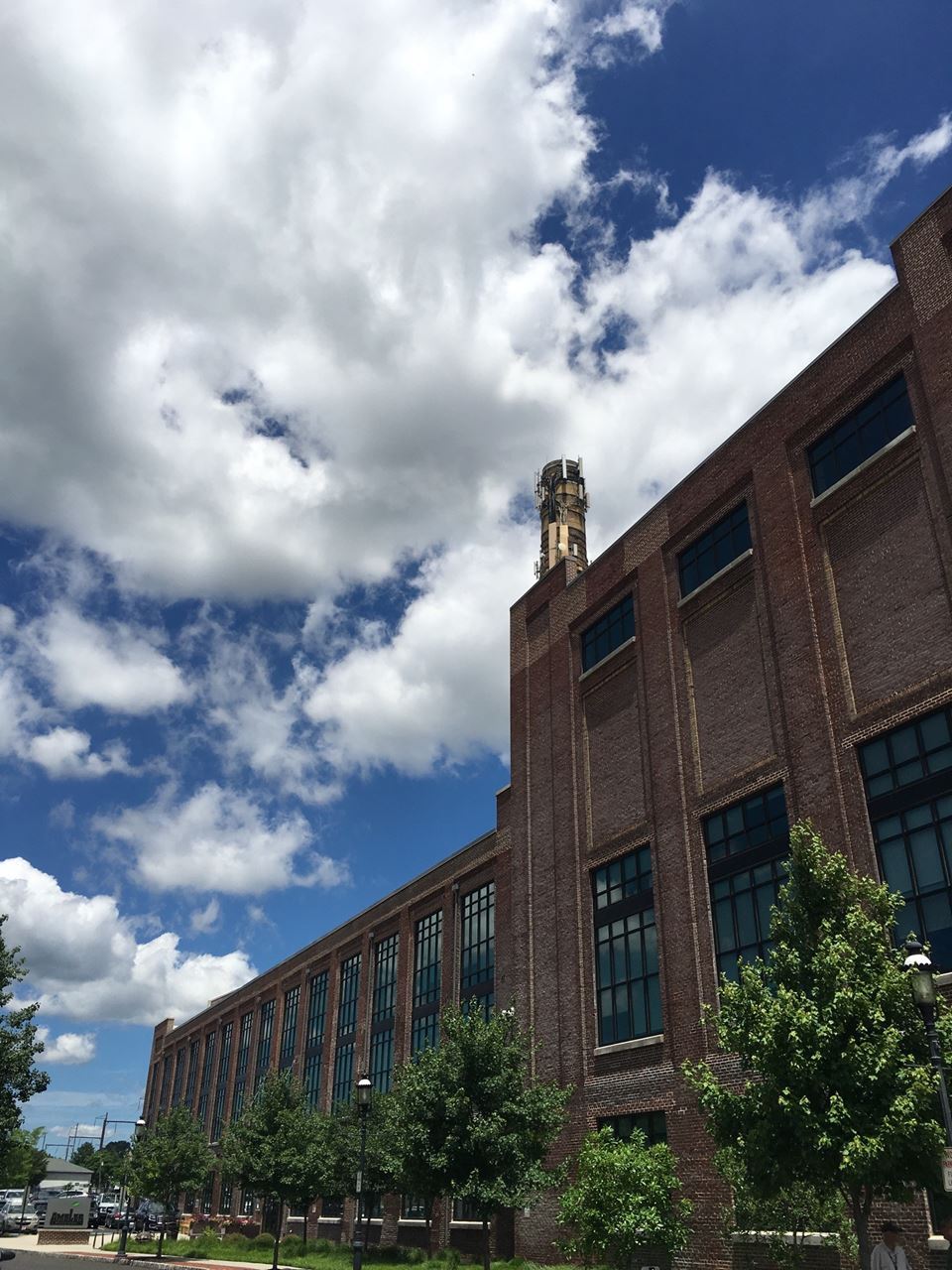IMPACT Across PA | Montgomery County

Photo Credit: David Zellers
Adaptive reuse of former industrial sites is often the key to meaningful economic development in many, if not most, municipalities in Pennsylvania. In Ambler, the redevelopment of the Ambler Boiler House is an excellent example of what thoughtful economic development can do to bring back to life a property that was thought completely unusable. The Keasbey & Mattison Company, once the world's largest manufacturer of asbestos, built the 48,000 square-foot Boiler House in 1897 as a power generating station to run their entire plant in Ambler. Following the collapse of the asbestos industry, the site became a community eyesore and an environmental wasteland.
Through a public-private effort coordinated by the Redevelopment Authority of Montgomery County (MCRDA), a part of the Montgomery County Commerce Department, an unprecedented approach using PA's Act 3 rulemaking was undertaken in which the MCRDA temporarily held property title in the form of a straw party agreement during the cleanup. Public sector support for the project included EPA loan funding ($1.47 million total), a $4 million RACP grant, a $1.25 BIOS loan and a $900,000 BIOS grant, a $3.5 million HUD 108 Loan, and a $1.2 ISRP grant. The total costs of the site clean-up and redevelopment were approximately $16 million. At the time of purchase of the property, preliminary site investigation work revealed Asbestos Containing Material (ACM) both in the pitched roof and throughout the facility due to improper prior demolition. The general scope of work entailed the removal of asbestos contaminated piping and debris throughout the first and second level of the building, the bulk disposal of mixed ACM and contaminated demolition debris, the removal and off-site disposal of the ACM pitched roof sections located throughout the building, ACM dust abatement, and material removal and disposal. Given the extent of the contamination, approximately $4.6 million in environmental work had to take place prior to any other renovation. This prohibitive cost had deterred interested parties for decades.
During construction, the project was able to save much of the existing shell. In order to accomplish this, sections were scrubbed clean of ACM by certified professionals wearing personal protective equipment. The ACM was properly disposed of. To a large degree, the majority of the building's original structural steel was repaired and remained, which prevented materials going to a landfill. The building was preserved through an adaptive reuse strategy. Recycled and/or salvaged materials of high post-consumer content and low VOC interior finishes were specifically used. Roofing materials were selected based on their albedo (or reflection coefficient) in order to reduce the solar gain effect on the building. The project received 85 out of 110 possible credits, earning a Platinum level certification from LEED. Ultimately, this successful redevelopment resulted in the delivery of 42,000 sf of unique Platinum level LEED certified Class A office space to one of Montgomery County's core communities and has spurred additional redevelopment of the area around Ambler's SEPTA station and downtown.